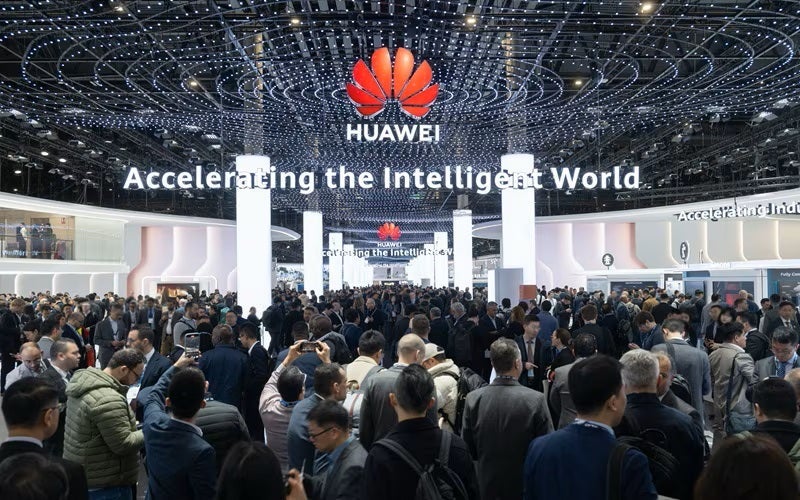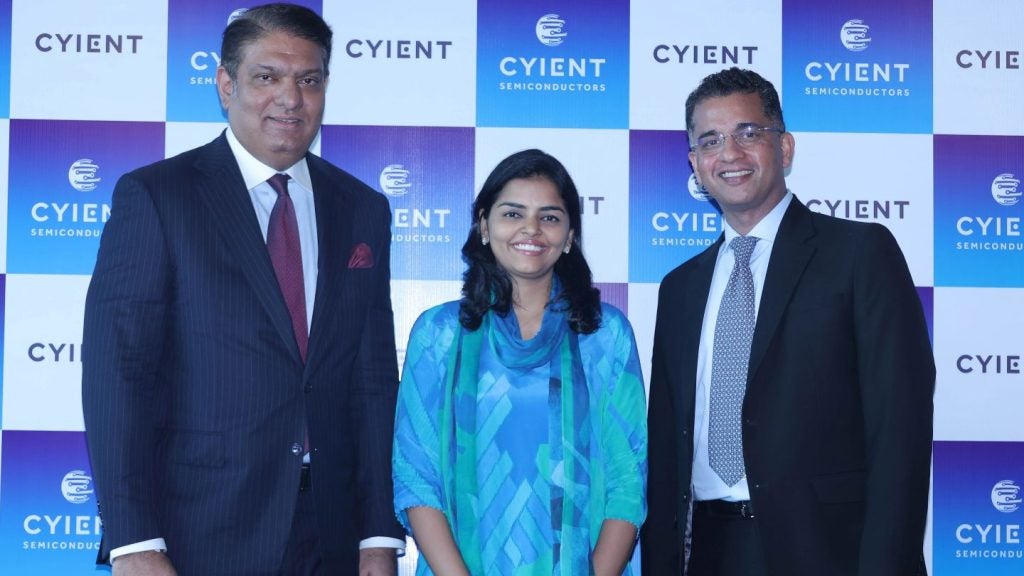In an industry which was once led by telecom and network carriers sharing ownership of subsea cables, the tides are shifting with a strong current pulling towards hyperscalers, changing the subsea cable market picture.
The likes of Amazon, Google, Meta, and Microsoft are carving up the ocean floor and investing in their own underwater infrastructure highway. This change has left the tech giants navigating autonomously through open waters while enhancing connectivity and data security.
Why governments need to be involved
Experts have warned that while these developments will improve internet access, there needs to be greater control by governments to regulate and protect the critical infrastructure ecosystem. However, government involvement creates other issues with geopolitical tensions intensifying, particularly between the US and China, raising questions about how nations can effectively collaborate in this vital sector.
The transformation of the subsea business has been rapid over the last decade. Back in the early twenty-tens, the demand for bandwidth by content providers was beginning to surge, with the amount of international subsea capacity used by the big four hyperscalers being around 10 percent.
Hyperscalers answer capacity demand with subsea cable growth
Fast-forward to 2024, capacity demand is now beyond 71%. This strong growth has also led to an increase in subsea cables with approximately 600 cables now in operation or development.
In 2017, content providers invested in 20 subsea cables. This number has blown out to 59 in 2024, with Google leading the charge by having invested in 33 subsea cables (17 owned and 16 part-owners), while other of its peers, including Meta, owning 16 (majority part ownership), Microsoft has an interest in six, and Amazon has an interest in four cables.
According to GlobalData, Asia Pacific will be leading the way in driving growth in new constructions over the next five years with Australia, Hong Kong and Singapore seeing most of the new connections. This is to support the growth in digital services adoption especially in markets where the hyperscalers are establishing new cloud regions.
Hyperscalers have deep pockets
Investment in subsea cables is costly, both in developing and maintaining undersea cables. This increases the need for financial backing, which is obtainable for hyperscalers, but becoming more challenging for many telcos as they have other priorities.
However, it is crucial for countries to ensure that the critical infrastructure remains under the control of trusted entities. This creates the need for governments to ensure that ownership and investment will continue to have domestic backing to protect their sovereign interests.
Geopolitical tensions will continue to cause friction, especially between the US and China, with the incoming Trump administration expected to continue to apply pressure on subsea cable deals citing national security concerns. The United States government has already excluded Chinese vendors from rolling out any new projects through its Clean Network Initiative banning any new cables connecting the US to China or Hong Kong.
Opportunity for Australia
This creates an opportunity for countries such as Australia to position itself as a regional digital hub for the APAC region.
Governments need to intervene and play a larger role, by working closely with other governments, the wider technology industry, including hyperscalers, telecom and network carriers, and maintain oversight of security, data protection, and regulations to ensure national interests are well protected.








